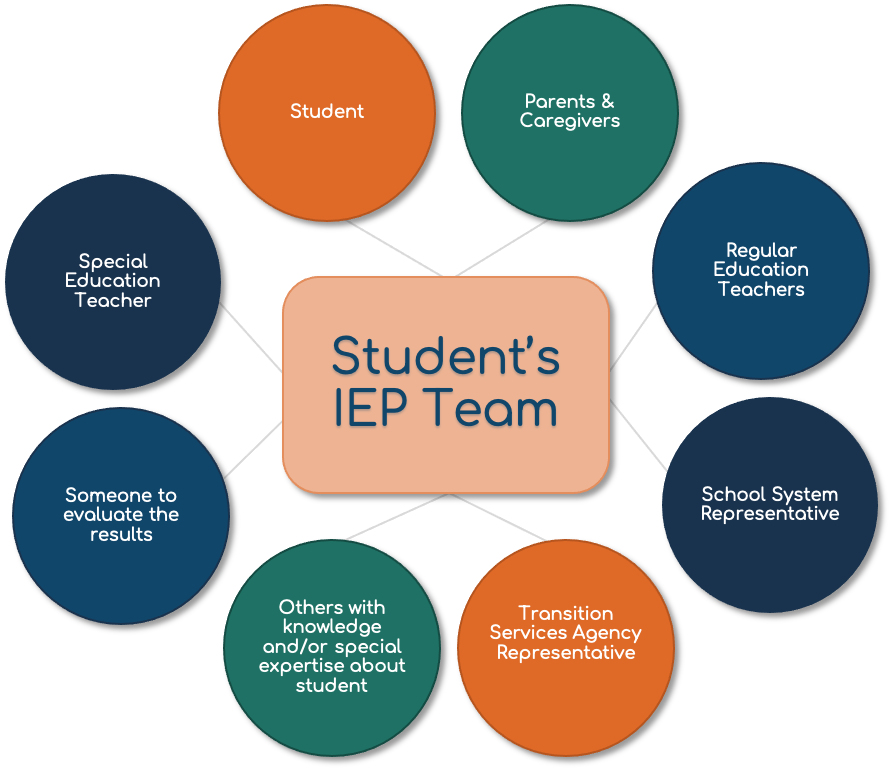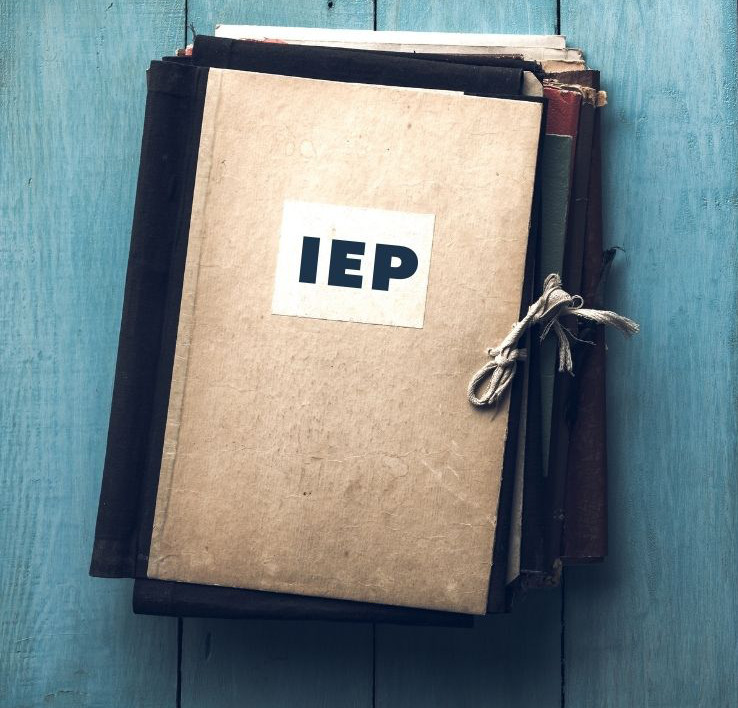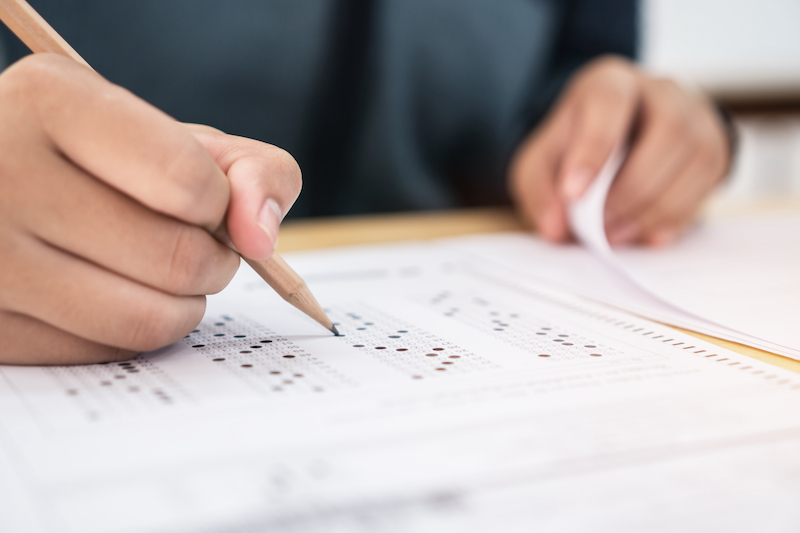IEPs can be complex and overwhelming, especially when it is your family’s first time experiencing the process. When your learner is struggling to access the content and curriculum in the classroom, they, too, are feeling the layers of stress and feelings of uncertainty. The IEP was created to support learners achieve academic and social-emotional goals as every learner deserves to realize and reach their full potential. Here, we provide an overview of IEPs while fully acknowledging that additional research might be needed for one to fully understand the procedure, follow through, and develop the mindset needed before, during and after an IEP meeting.
What is the purpose of an IEP?
The overall goals of an IEP (Individualized Education Plan) are to set reasonable learning goals for a learner, and to state the services that the school district will provide for the child.
What is in an IEP?
Each IEP must contain specific information, as listed within IDEA, our nation’s special education law. This includes but is not limited to:
- the learner’s present levels of academic achievement and functional performance, describing how the learner is currently doing and how the learner’s diagnosed disability affects his or her involvement and progress in the general curriculum
- annual goals for the learner, meaning what caregivers and the school team think he or she can reasonably accomplish in a year
- the special education and related services to be provided to the learner by the school district, including supplementary aids and services and changes to the program or supports for school personnel
- how much of the school day the learner will be educated separately from neurotypical learners or not participate in extracurricular or other nonacademic activities such as lunch or clubs
- how (and if) the learner is to participate in state and district-wide assessments, including what modifications to tests the learner requires
- when services and modifications will begin, how often they will be provided, where they will be provided, and how long they will last
- how school personnel will measure the learner’s progress toward the annual goals.

Who attends IEPs?
An IEP involves all of the relevant parties in the learner’s educational environment including the caregivers, classroom teacher(s), school psychologist evaluator, relative service providers (speech pathologists, counselor, occupational therapist, learning specialist) and a school administrator as a representative of the school district.
What is the timing of IEPs?
Once an educator or a caregiver requests a psycho-educational assessment, the district typically has 90 days to complete said testing. An IEP meeting must be held within 30 calendar days after it is determined, through a full and individual evaluation, that a learner has one of the disabilities listed in IDEA (Individuals with Disabilities Education Act) and needs special education or related services. A learner’s IEP must also be reviewed at least annually thereafter to determine whether the annual goals are being achieved and must be revised as appropriate and tested triannually if the learner remains in need of an IEP.
How do I follow up?
Your short and long term follow-up steps can depend on the nature and results of the IEP meeting itself. Although we are not advocates, we have participated in many IEPs when caregivers do not sign the documented goals (based on the above) in order to spend time at home digesting the information line by line to make sure they are in full agreement with the proposed services and corresponding timelines. If, after review, you feel comfortable signing off- great! If not, you can certainly follow up, preferably in written form via email, with a list of outstanding questions. It is important to note, however, that the district is not permitted to initiate services until the IEP document is signed by all parties. Once signed, as a caregiver, it is critical to keep the dates of services and applicable goals in mind and follow up if you do not observe progress firsthand. Occasionally, subsequent meetings are required to discuss progress or the lack thereof.

Again, we know that IEPs are intricate, so a good place to start digging deeper into the ins and outs of IEPs is through wrightslaw.com. They provide both an index and a roadmap to IEPs- both extremely useful tools to utilize as resources. As always, if you would like to consult with one of our experienced Educational Specialists, we are more than happy to help however we can. Ultimately, we wish you and your learner success in future IEP meetings and hope that learners are able to achieve their goals in order to build confidence and independence.












